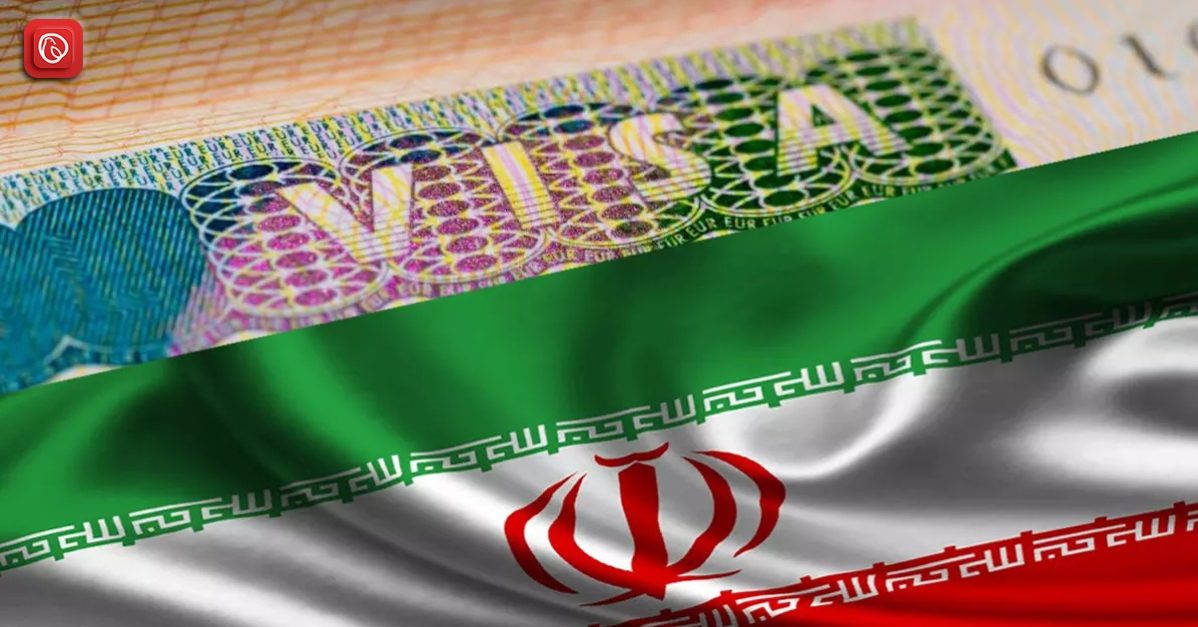
Source: Graana.com
Obtaining a tourist visa for Iran may seem complex and daunting to some travellers, given the various factors and exceptions to consider. Nevertheless, the government is actively working to simplify Iran’s visa policy and streamline the application process for numerous nationalities.
Graana.com prepared a comprehensive guide that aims to provide you with the most up-to-date information on obtaining an Iranian visa, ensuring that you have all the latest details at your disposal.
Like Qatar visa for Pakistanis, before applying for an Iranian visa, it’s essential to understand the different types of visas available for Pakistani citizens:
This is the most common type of visa for travellers. It allows you to explore Iran for tourism purposes. Tourist visas are usually issued for 30 days but can be extended for another 30 days while you’re in Iran.
You’ll need a business visa if you travel to Iran for business purposes. You’ll typically need an Iranian company or organisation invitation letter to apply for this visa.
Like a Malaysia visa for Pakistanis, you can also apply for a transit visa in Iran if you’re en route to another country and must transit through Iran. This visa is usually valid for seven days.
You’ll need a student visa if you plan to study in Iran. You’ll need an acceptance letter from an Iranian educational institution to apply for this visa.
Following are different steps you have to follow to obtain an Iranian visa:
First, identify the type of visa you need based on your purpose of travel. Most Pakistani travellers opt for a tourist visa.
For tourist visas, you usually don’t need an invitation letter. However, you’ll need an invitation from a relevant Iranian entity for business or student visas. Ensure that the invitation letter is genuine and includes all the necessary details.
Visit the website of the Iranian embassy or consulate in Pakistan to download the visa application form. Fill it out completely and accurately. Double-check all information to avoid delays.
Typically, you’ll need the following documents:
Visit the Iranian embassy or consulate in Pakistan nearest your location to submit your visa application. Be prepared to pay the visa fee, which varies based on the type and duration of the visa.
Sometimes, you may be called for an interview at the embassy or consulate.
The processing time for Iranian visas can vary. It’s advisable to apply well in advance of your intended travel dates. You can track your visa application status through the embassy’s website.
Once your visa is approved, collect it from the embassy or consulate. Check the visa details for accuracy.
Iran has a rich tapestry of history, culture, and natural beauty. By following these steps and preparing thoroughly, Pakistani travellers can enjoy a memorable and enriching experience in this remarkable nation. Remember that visa requirements can change, so always check with the Iranian embassy or consulate for the latest information before planning your trip.
Here are some of the most commonly and frequently asked questions about Iranian Visa.
Answer: Yes, most travellers to Iran require a visa to enter the country. However, there are exceptions for certain nationalities. Checking whether you need a visa based on your nationality before planning your trip is essential.
Answer: To apply for an Iranian visa, you typically need to follow these steps:
Answer: Iran offers various types of visas, including tourist visas, business visas, transit visas, and student visas. The type of visa you need depends on your purpose of travel.
Answer: The processing time for an Iranian visa can vary depending on several factors, including the type of visa, your nationality, and the embassy or consulate’s workload. It’s advisable to apply well in advance of your intended travel dates.
Answer: Yes, tourist visas for Iran can typically be extended for an additional 30 days while you are in the country. You can apply for an extension through the Iranian police’s Foreign Nationals and Immigrants Affairs Office.
Answer: Iran offers visa on arrival (VOA) to citizens of some countries. However, VOA is typically limited to specific airports and unavailable at land borders. It’s essential to check whether VOA is available to your nationality and its associated conditions.
Answer: While it may not be mandatory for all visa types, having travel insurance covering your trip to Iran is highly recommended. It can provide financial protection in case of unexpected events, such as medical emergencies or trip cancellations.
Answer: Yes, Iran has specific dress code guidelines, especially for women. Women must wear a headscarf (hijab) and dress modestly in public places. Men should also dress modestly. It’s essential to respect local customs and traditions during your visit.
Answer: You can travel independently in Iran, and exploring the country on your own is possible. However, some nationalities may require an authorised guide for specific regions or cultural sites.
Answer: No, most international credit and debit cards are not accepted in Iran due to banking sanctions. It’s advisable to carry sufficient cash in Iranian Rials and exchange money at authorised exchange offices or banks.
To read about Singapore visas, visit Graana Blog.
Rawalpindi: The Punjab government has unveiled plans to build a mega parking plaza near Katchery…
LAHORE — Punjab Chief Minister Maryam Nawaz Sharif on Friday approved the Punjab Protection of…
Islamabad: The Executive Committee of the National Economic Council (ECNEC) on Tuesday approved two key…
Rawalpindi: A long-awaited remodelling project for Kachehri Chowk, one of Rawalpindi’s busiest intersections linking the…
Islamabad: The Federal Government Employees Housing Authority (FGEHA) on Tuesday signed a Memorandum of Understanding…
Lahore: The Lahore Development Authority (LDA) has announced plans to launch development works in the…